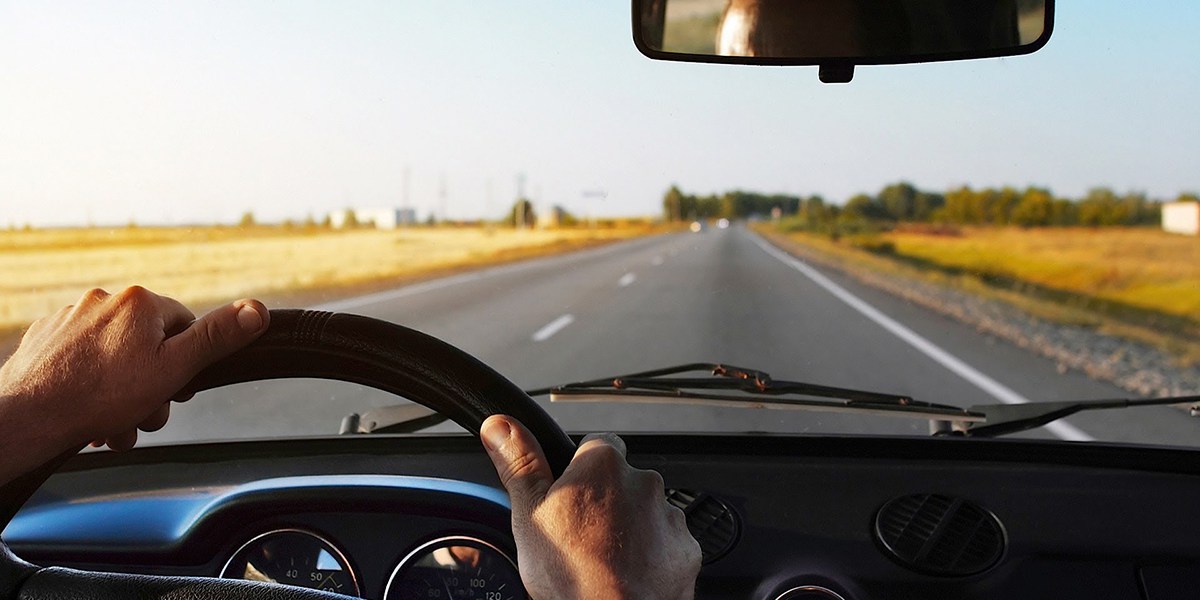10 driving tips from Be VIP to be safe on Dubai roads
Staying calm at all times despite erratic driving of others has to be number one. This is easier said than done. There are some very erratic driving styles on the roads that need to be avoided/ coped with.
Here’s Be VIP tips on driving in Dubai and what to expect on the roads- the good, the bad and the ugly- and how to stay calm and safe whilst behind the wheel in Dubai.
-
- 1.Distance
Always stay three seconds behind the car in front. This allows drivers to be well prepared and in control of their vehicles during emergencies or sudden surprises on the road.
-
- 2.Changing lanes
In fact, some shift multiple lanes without any warning or indication, making it dangerous for other drivers, so drivers who can see a faster car coming from the back, should put their right indicators on, and give way.
-
- 3.Hazard lights
In case of some mechanical problem, drivers are tipped to shift to the slower lane, and leave their hazard lights on so they can indicate to the other drivers that there’s an issue with their car. In the UAE, however, motorists are often seen misusing the hazard lights. You often spot drivers parking illegally or dangerously with their hazard lights on.
-
- 4.Speeding
You will see a lot of powerful cars on the roads here from giant 4x4s to the supped-up sporty numbers and some do like to go extremely fast… This has improved over the years as there are less cars doing this now than in the past- at some times the SZR used to seem like a race track but the introduction of more speed cameras and the lowering of the speed limit to 100 has really helped. Nonetheless, there will still be the odd speed freak who drives like they are on a computer game.
Our advice is to stay out of their way- you will see or hear them coming- pull over if it is safe to do so or keep a steady speed and let them maneuver round you.
-
- 5.Headlight flashing
Flashing your headlights generally does not mean a polite “after you” – as in other countries. It generally means get out of the way I’m coming through ready or not. Sometimes this may be the police or an unmarked car and you are supposed to move out of their way. Generally it is impatient drivers using this technique. You can avoid this by staying out of the fast lane as much as possible and also using your rear mirror a lot- you will see the speed freaks coming and can move over before they get to the flashing headlights stage. If you can’t move over it is imperative that you stay calm and don’t panic, and move over only when it is safe to do so.
-
- 6.Lane discipline
This seems to be non- existent in driving on the roads here. People will violently veer from the fastlane to a junction off the road at a very late moment- be ready for this. All lanes are driven in and at various different speeds and you will see 120 plus being done in the “slow” lane and 80 in the “fast” lane! There is none of the usual this lane used for over taking, pull out of the slow lane to let incoming traffic merge rule being followed.
-
- 7.Trucks
Stay as far away from the trucks as possible. They do not stop very quickly and cannot see you if you are alongside them or are immediately in front of them. The drivers are often very tired and travel huge distances across the Gulf. A lot of trucks have worn tyres and blow outs occur very frequently so be ready for those too.
-
- 8.Indicating
Use of indicators here is very haphazard although the police do have crack downs- especially on the trucks so there has been some improvement. So don’t rely on the fact that someone is indicating means they actually are going to move or that they are not moving if not indicating.
-
- 9.Wet or foggy weather
This occurs so infrequently that some people do not know what to do in these weather conditions- they will still speed excessively, drive with their hazard lights on giving you no indication if they are moving lane or turning off and using their full beam. Most cars here do not have fog lights as they are Gulf spec cars which does not help.
The best thing for you to do is to slow down, stay in the slow or second lane and go at your own pace. If visibility gets really poor i.e. during a sandstorm or fog patch sometimes it is safer to pull over- preferably into a garage and wait it out. If it rains very heavily most of the roads get flooded as the drainage system cannot cope- be careful of aquaplaning and if your journey is not urgent- stay home!
-
- 10.GPS
Satellite navigation systems are not always reliable as roads change on a regular basis. We recommend you keep the Explorer Street map in your car as this is one of the most reliable resources


0 Comment